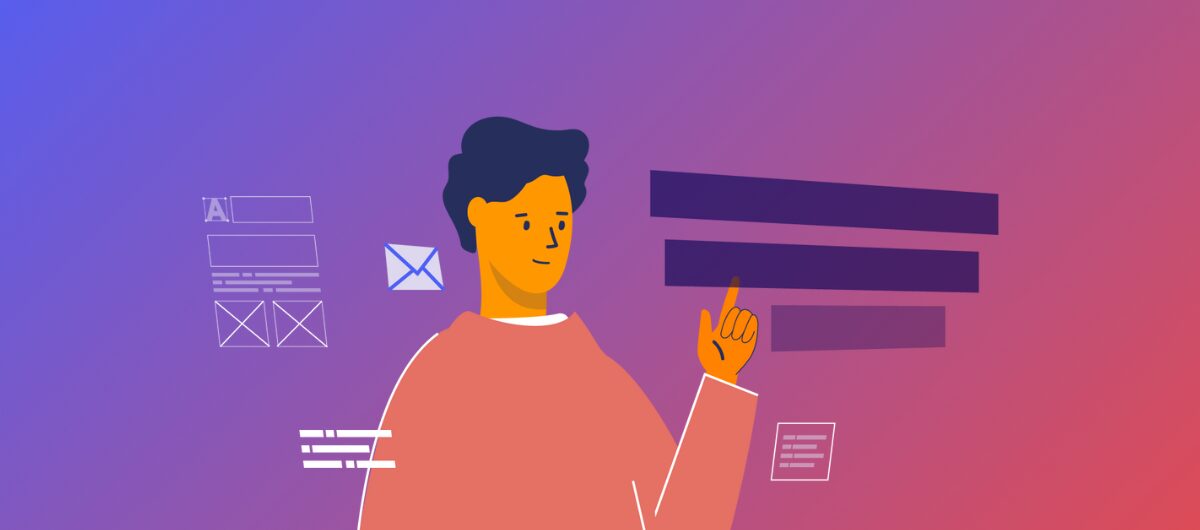
Thousands of tutorials detail the nuts and bolts of podcasting, but read this beginner’s guide first. Before you devote time, effort, and money to researching and buying the best microphone, posing for an edgy header image photo shoot, setting up your RSS feed, submitting your podcast to iTunes and mastering audio editing software … make sure that you are set up for success. Lay a strong foundation and develop a clear game plan with these three fundamentals (which apply to virtually any partnership in business or life):
Choose the right cohost and partner
This step is paramount if your podcast is going to succeed long-term. I recommend having a cohost (vs. going solo) for three reasons:
-
- The conversation will be more interesting with two people exchanging ideas and opinions (and ideally a trademark repartee that your three devoted listeners will grow to tweet).
- Division of tasks and labor – it’s a lot of work.
- Tap into a shared pool of topic ideas, potential guests, and combined networks for social sharing.
Traits of a great cohost:
-
- Equally passionate about the subject and committed to the project.
- Available to devote adequate time.
- Skilled at complementary tasks.
- A lover of podcasts – if you don’t enjoy or take the time to listen to others’ podcasts, why should anyone listen to yours? When asked their advice for aspiring writers, many great authors have echoed Stephen King: “I am always chilled and astonished by the would-be writers who ask me for advice and admit, quite blithely, that they ‘don’t have time to read.’ This is like a guy starting up Mount Everest saying that he didn’t have time to buy any rope or pitons.” I listened religiously to tech and marketing podcasts like The Beancast (still my favorite) for years before having the audacity to start my own, The Digital Dive Podcast. Be humble, but don’t be too intimidated – the podcasting community is welcoming and frankly, a pretty patient group; in a world of fleeting attention spans and digital that is increasingly visual (think Instagram vs. lengthy blog posts) I have found a rare sanctity in the commitment required by 30-60 minutes of pure boring audio.
Divide responsibilities
Five core podcast tasks:
-
- Topic preparation and research. Tip: Share an Evernote Notebook with a Note for each episode.
- Record the conversation. Tip: Always use a separate backup recording device – redundancy = insurance.
- Edit the raw audio recording into MP3, MP4, MPEG, etc.
- Upload the audio file to your website/RSS.
- Write and post the show notes/blog.
If one cohost gravitates toward writing and the other toward editing audio, consider assigning standing roles. Alternatively, take advantage of this opportunity to learn all aspects of podcasting, trading duties every episode. (I wish I’d done this from the start.) Depending on the content (do you have to bleep out swearing, did you say something stupid that you absolutely must strike from the record, were your guests heavy breathers prone to whisper then shout, etc.) and the setup (together or separate/Skype/Google Hangout, etc.), the ease of editing tracks can vary greatly. Try every task at least once so you can gain an understanding of the work required. The key is to have ongoing communication and mutual buy-in to avoid anyone feeling overworked. Remember that each episode’s workload will vary. Aim not for equality but for equivalence.
Pick a realistic schedule and stick to it
Weekly is a fairly typical frequency for a 15-60 minute podcast. Bi-weekly is more forgiving if you routinely prioritize life in work/life balance. Monthly can work well for more evergreen content. It will take longer to grow a following if you publish less frequently, but you don’t want to commit to a schedule that ends up running you ragged or wherein the product suffers. Overall, take the commitment seriously because if you don’t, no one else will.
Please enable JavaScript
Powered by Benchmark Email



